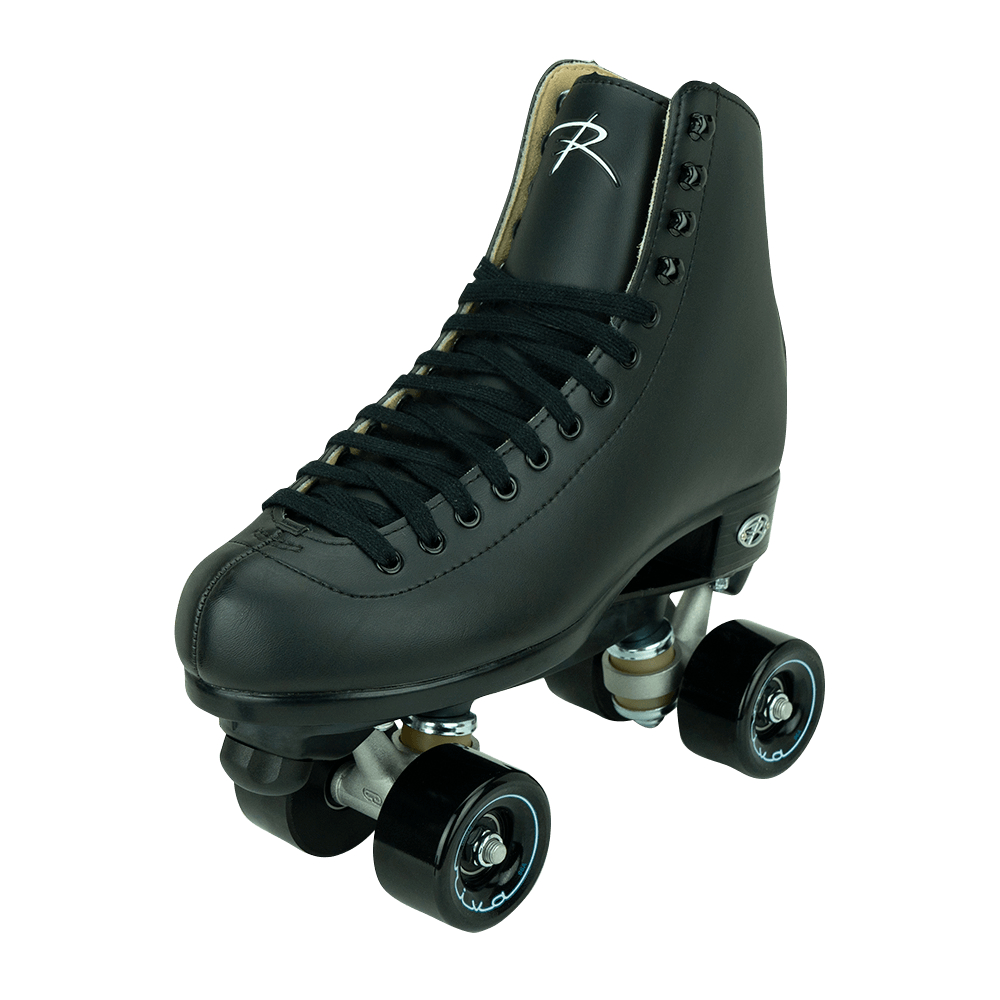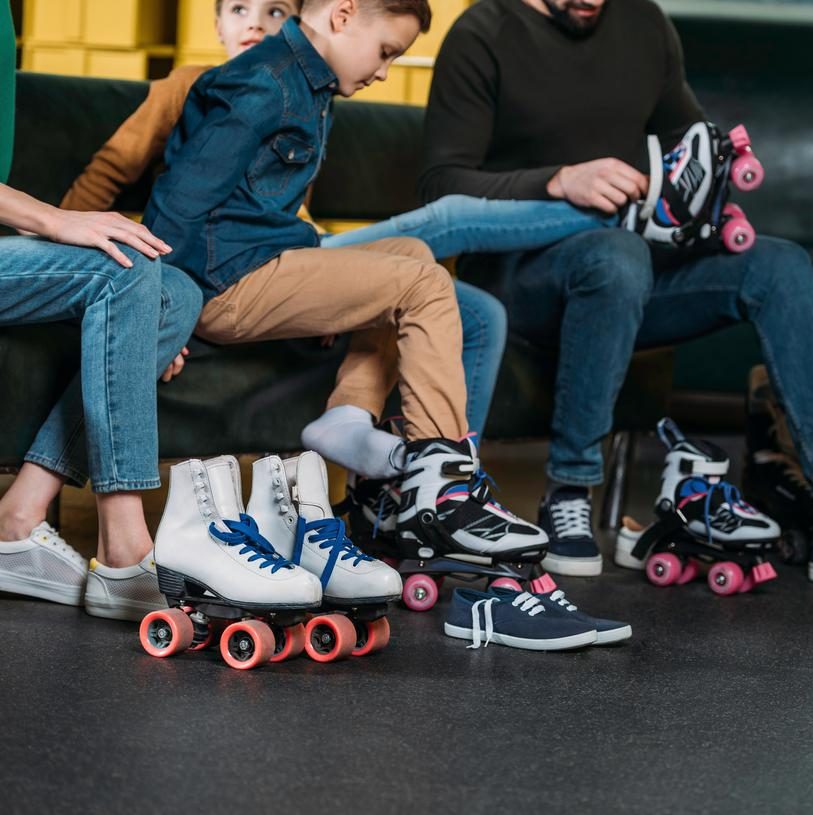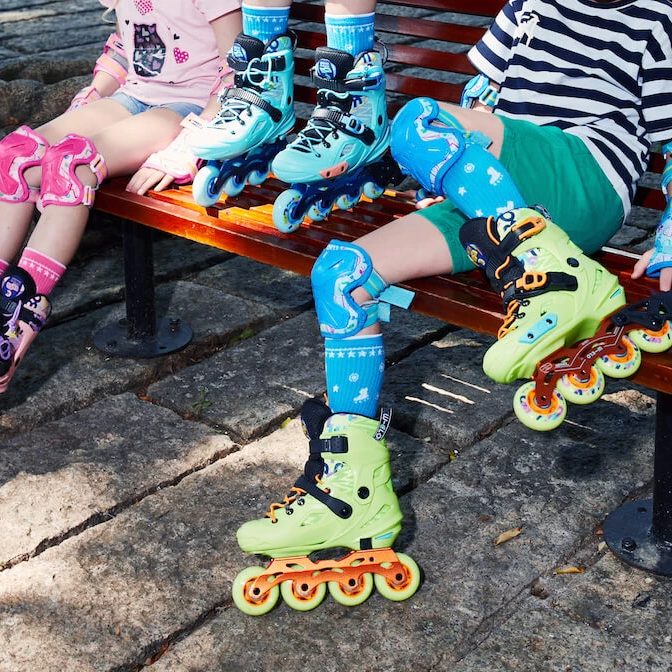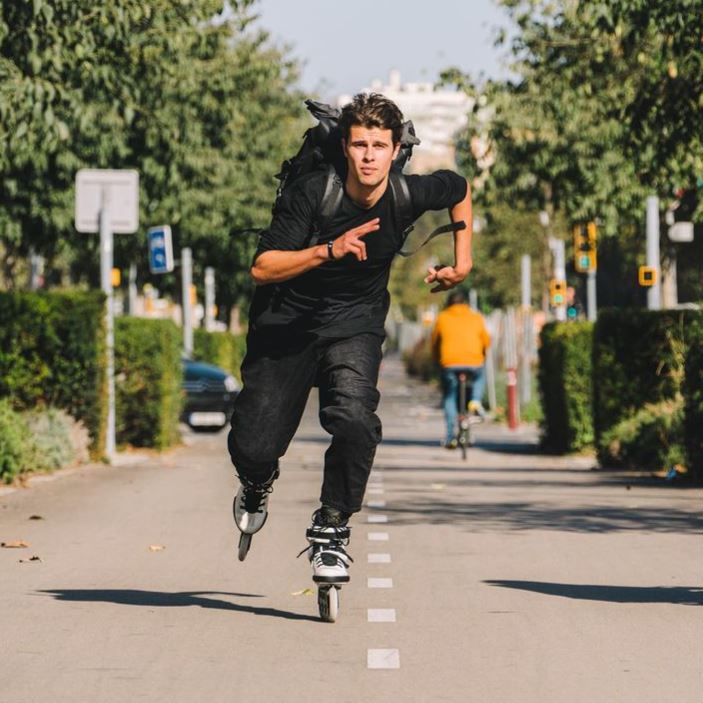Introduction to Roller Skating
Roller skating is a fun and exhilarating activity enjoyed by people of all ages. Whether used for recreation, exercise, or artistic expression, roller skating offers numerous benefits. It’s a great way to improve balance, coordination, and cardiovascular fitness. With a combination of rhythm and technique, anyone can learn to skate.
This guide is designed for beginners who want to learn how to roller skate effectively. It covers the essential equipment needed, the proper techniques for getting started, safety tips, and advanced skills to master. Understanding the fundamentals will enable new skaters to enjoy the activity safely and confidently.

Essential Equipment for Roller Skating
Choosing the Right Skates
Selecting the right roller skates is crucial for a positive experience. There are different types of skates, including quad skates and inline skates. Quad skates have two pairs of wheels, one in front and one in back, while inline skates have a single row of wheels. Beginners may find quad skates easier to balance on, making them a popular choice.
When buying skates, consider the fit. Skates should be snug but comfortable, without pinching or excessive movement. A proper fit provides better control and enhances comfort. Additionally, look for skates with durable materials and quality construction to ensure longevity. Investing in a good pair of skates will pay off in performance and enjoyment.
Protective Gear
Safety is paramount when learning to roller skate. Beginners should wear protective gear, including a helmet, wrist guards, knee pads, and elbow pads. These items help prevent injuries in case of falls, which are common among new skaters. A helmet protects the head from impacts, while wrist guards support the wrists if a fall occurs.
Knee and elbow pads provide cushioning and protection for joints. When choosing protective gear, look for items that fit well without restricting movement. Many beginner kits are available that include all necessary components. Wearing the proper safety gear boosts confidence and encourages new skaters to practice freely.

Basic Techniques for Roller Skating
Getting Started on Skates
Once you have the right equipment, the next step is to get familiar with wearing skates. Start by practicing in a safe, open area, preferably on a flat surface. Begin by standing still and feeling the weight of your body on the skates. Keep feet shoulder-width apart and slightly bend your knees for better balance.
When you’re ready, take small steps forward. Focus on pushing off with one foot while gliding with the other. It’s essential to maintain a low center of gravity for better stability. Gradually increase your stride length as you gain confidence. Remember to relax your body and avoid stiffening up, as this can lead to losing balance.
Mastering the Forward Glide
The forward glide is a fundamental technique in roller skating. To perform this skill, start by pushing off with one foot and gliding on the other. Shift your weight onto the gliding foot while keeping the other foot slightly in front for balance. The body should maintain a relaxed posture, with arms slightly bent at the sides.
As you gain more confidence in gliding, practice alternating between both feet. This movement helps develop strength and coordination. Focus on keeping your knees slightly bent and your feet parallel. With practice, the forward glide will feel more natural, allowing you to pick up speed and control your movements.

Stopping and Turning Techniques
Learning to Stop Safely
Stopping is one of the most critical skills to master in roller skating. Beginners should learn the “T-stop” technique, which is effective and easy to perform. To execute a T-stop, extend one foot in front and place it perpendicular to the other foot, forming a “T” shape. Apply pressure with the front foot while dragging the back foot to slow down.
Practice this technique frequently to gain control over your stopping distance. Adjust the pressure on the dragging foot as necessary to manage speed. Always be aware of your surroundings when practicing stops. Learning to stop confidently will improve overall safety and allow skaters to navigate their environment effectively.
Turning and Steering Techniques
Turning is a natural progression after learning to stop. To turn while skating, shift your weight in the direction you want to go. For example, if you want to turn left, lean slightly to the left while applying more weight on your left foot. At the same time, push off with your right foot to guide the turn.
Start practicing turns slowly, focusing on maintaining balance throughout the movement. As you become more comfortable, gradually increase your speed. This skill enhances agility and helps navigate skating rinks or outdoor paths. Perfecting turning techniques will expand your ability to skate freely and maneuver around obstacles.
Safety Tips for Beginners
Choosing a Safe Skating Environment
When learning to roller skate, selecting a safe environment is essential. Look for smooth, flat surfaces free of debris, such as roller rinks, gymnasiums, or empty parking lots. Avoid skating on uneven terrain or crowded areas until you feel confident in your skills.
Additionally, be mindful of weather conditions when skating outdoors. Wet or icy surfaces can increase the risk of falls. Always check the area for any obstacles, pets, or people that might obstruct your path. The safest environments not only enhance confidence but also encourage practice and improvement.
Understanding Your Limits
As a beginner, it’s crucial to recognize your limits. Skating can be challenging, and it’s normal to feel apprehensive at first. Progress at your own pace and set achievable goals for each practice session. If you feel tired or frustrated, take breaks to avoid injuries or burnout.
Learning to skate is a gradual process. Celebrate small accomplishments, such as mastering a new technique or improving balance. Setting realistic expectations helps maintain motivation and encourages consistent practice. Building confidence takes time, so be patient with yourself throughout the learning journey.
Advanced Skills and Techniques
Developing Speed and Control
Once the basics are mastered, beginners can begin developing speed and control. To skate faster, practice pushing off with greater force and maintaining a steady rhythm. Focus on keeping your body relaxed and using your arms for balance and momentum.
Skaters can also work on performing crossovers, a technique used to gain speed while turning. To execute crossovers, step one foot over the other while leaning into the turn. This movement helps build strength and coordination. Practice these techniques in safe environments to gain confidence before transitioning to more challenging scenarios.
Exploring Artistic and Dance Skating
For those interested in creative expression, artistic and dance skating are exhilarating avenues to explore. These styles incorporate choreography, rhythm, and unique moves that display individuality. Beginners interested in pursuing these skating forms can start by taking classes or following online tutorials.
Learning choreography can be fun and adds excitement to regular practice. It also enhances balance, coordination, and fitness. Skaters can experiment with music selections to create their dance routines, further personalizing their experience. Engaging in artistic skating can deepen one’s love for the sport and encourage long-term participation.
Conclusion: Embracing the Joy of Roller Skating
In conclusion, roller skating is an enjoyable activity that offers countless benefits. By understanding the essential techniques, safety measures, and advanced skills, beginners can confidently embark on their skating journey. Whether for fun, exercise, or artistic expression, roller skating fosters physical fitness and self-expression.
As you continue to practice and develop your skills, remember that patience and persistence are critical. Embrace the learning process, and soon, confidence will follow. Build a supportive community by connecting with fellow skaters, sharing experiences, or participating in local skating events.
Roller skating can enrich your life in many ways. It offers opportunities to meet new people, improve fitness levels, and experience the thrill of gliding on wheels. So lace up those skates, find a suitable area to practice, and enjoy the ride. Happy skating!
